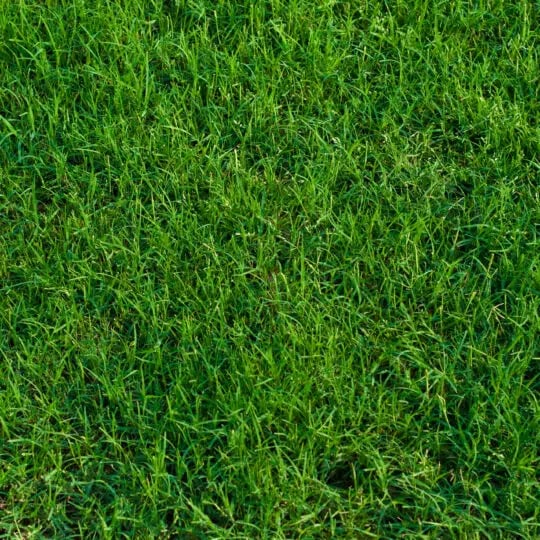Bermuda Grass in the Winter

If you chose Bermuda grass for your lawn, it probably wasn’t because of the color in the winter. When this type of grass goes dormant, it takes on a yellow or brown hue. This dormancy period is what helps it succeed in the springtime, so it’s important to take the proper steps to take care of Bermuda grass in the winter.
How to Take Care of Bermuda Grass in the Winter
- Wait until it goes dormant for the last mow. This might be taking out your lawnmower after the first big frost. Once your grass changes color, mow it down to 1″. Be sure to remove any clippings and leaves that might be left over so they don’t decompose and cause rot, which will cause trouble for you in the spring.
- Prevent ice when possible. Avoid letting ice build up on your lawn. Thick blankets of ice weigh down your turf, posing more and more damage the longer it lasts. The greatest potential for damage occurs when the ice thaws and re-freezes frequently. This can be especially detrimental to your lawn once spring sets in.
- Divert traffic away from your lawn. Your turf is especially sensitive to excessive wear and tear from feet and vehicles while at its weakest. Your soil is most vulnerable to compaction during this time, too. Cold temperatures can be your lawn’s worst enemy, but snow is surprisingly less threatening. A layer of snow on your grass can moderate temperature fluctuations and protect it from foot traffic.
For Help with All Types of Grass, Call Green Lawn Fertilizing.
We are the green lawn experts in Pennsylvania, New Jersey, and Delaware. We know the ins and outs of what needs to be done throughout the year to give you the bright, luscious yard that’s the envy of the block. Call us today at 855-469-0692 for a free quote.